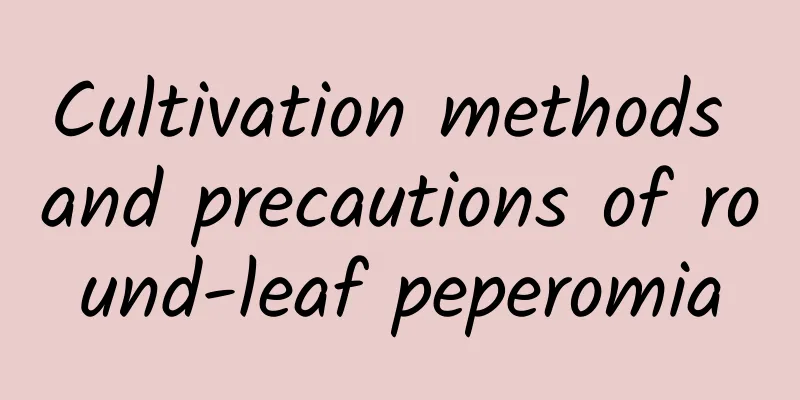Management of potted jasmine after cutting

Temperature management of potted jasmineThe temperature of the cuttings after cuttings should be around 20-30℃. If it is lower than 20℃, it is extremely difficult for the cuttings to take root and they grow slowly. If it is higher than 30℃, the cut ends are prone to diseases due to the moist bottom, resulting in cut end rot. If the temperature is low after cutting, you can use plastic film to cover the entire flower pot for management. If the temperature is too high, you can use cooling and dehumidification methods to manage it, block 50-80% of the sunlight, and spray around the cuttings to ensure that the temperature around the cuttings is appropriate. More spraying is needed on sunny days, about 3-5 times a day is good, and no spraying or less spraying is required on rainy weather. Humidity management of potted jasmineAfter cuttings, keep the indoor air humidity at around 75% to 80%. When the cuttings have not taken root, it is necessary to ensure that the cuttings are fresh and tender. Cuttings without roots cannot absorb nutrients and cannot maintain water balance, so human intervention is needed to spray to lower the surrounding temperature, increase humidity and reduce water evaporation. Light management for potted jasmineJasmine cuttings management cannot be separated from light. Cuttings need to carry out photosynthesis to produce the nutrients and substances they need to supply the roots. However, too strong light will cause the transpiration of jasmine to be too vigorous, increasing the water consumption and making it difficult for the cuttings to survive. Therefore, it is necessary to block the sunlight by about 50%-80 after planting, and then remove the shading net after the roots grow out. |
<<: Common varieties of jasmine
>>: Cultivation methods and precautions of air pineapple
Recommend
How to propagate succulent pine
1. Cuttings What we are talking about here is the...
Common problems and solutions for moth butterfly flowers
Winter management of the butterfly flower Winter ...
What to do if the roots of hydroponic white palm rot
1. Reasons There are three reasons why its roots ...
What is the best month to plant red lentils?
When to plant red lentils Red lentils are usually...
What soil is suitable for growing carnations?
Carnation soil Carnations like alkaline soil, the...
What to do if the leaves of Phlox paniculata turn yellow
=Causes and solutions The yellowing of the leaves...
How and when to plant fennel
Fennel planting time Fennel is cultivated in the ...
What to do if the leaves of the weeping angel turn yellow
1. Increase the temperature 1. Reason: The weepin...
When is the best time to plant snow peas?
Snow peas are a kind of vegetable that is eaten a...
Cultivation methods and precautions of yellow bell flower
1. Soil When flower lovers grow yellow bell flowe...
It's almost Chinese New Year, but your flowers are still turning yellow and dropping leaves. What should you do?
Azalea (Author: Lavender Source: Sina Blog) Azale...
Should I use a large or small pot for winter beauty?
Should I use a large or small pot for winter beau...
The Monstera at home grew a "big white beard". I asked others and found out that it has such a great effect.
These aerial roots are not completely useless. It...
Daily care for orchids in summer
1. Pay attention to shade Orchids are afraid of s...
Can Houttuynia cordata be hydroponically cultivated? Hydroponics cultivation methods and precautions
Can Houttuynia cordata be grown hydroponically? H...









